

Every ethical hunter strives for a clean, one-shot kill. Achieving that in the field hinges on precision, and a perfectly tuned compound bow is the foundation for pinpoint accuracy. Here, we delve beyond the basics, equipping you with the knowledge to transform your bow into a laser-focused extension of yourself.
Paper Tuning: The Cornerstone of Accuracy
Paper tuning establishes the initial baseline for arrow flight. Imagine a sheet of paper suspended a few feet from your target. Shoot a bareshaft (an arrow without fletching) through it. Ideally, the bareshaft should rip a clean hole through the center of the paper.
High Tear: If the tear appears above the center, your arrow spine is likely too stiff. Adjust your arrow rest slightly down or raise your D-loop to correct this.
Low Tear: Conversely, a tear below the center indicates a weak spine. Raise your arrow rest or lower your D-loop to achieve proper alignment.
Remember, make adjustments in small increments, reshooting paper tests after each change.
Fletched Arrow Flight: Bringing It All Together
Once bareshaft flight is dialed in, introduce fletched arrows. These arrows have feathers or vanes that steer them and provide stability. Ideally, the fletched arrow should group with the bareshaft, indicating perfect alignment.
Left Tears: If the fletched arrow tears left of the bareshaft, your nock point is likely too high. Adjust it slightly lower to nudge the arrow right.
Right Tears: Conversely, a right tear suggests a low nock point. Raise it slightly for better alignment.
Remember: Fine-tuning nock point position is crucial, as even minor adjustments can significantly impact arrow flight.
Broadhead Tuning: The Final Frontier
Broadheads, unlike field points, have wider cutting surfaces that can react differently in flight. Here's where true bow mastery comes into play.
Broadhead Testing: Shoot broadheads alongside your field points at short distances (typically 10-15 yards). Ideally, both broadheads and field points should hit the same spot.
Micro Adjustments: If broadheads deviate, revisit your paper tuning and nock point adjustments, making even finer tweaks to achieve perfect broadhead flight.
Pro Tip: Many experienced archers dedicate specific arrows for broadhead practice, ensuring consistent broadhead performance when it matters most.
Beyond the Mechanics: The Archer's Touch
While tuning is paramount, consistent form and proper shooting technique are equally important. Practice regularly, focusing on a smooth draw cycle, proper grip, and consistent release.